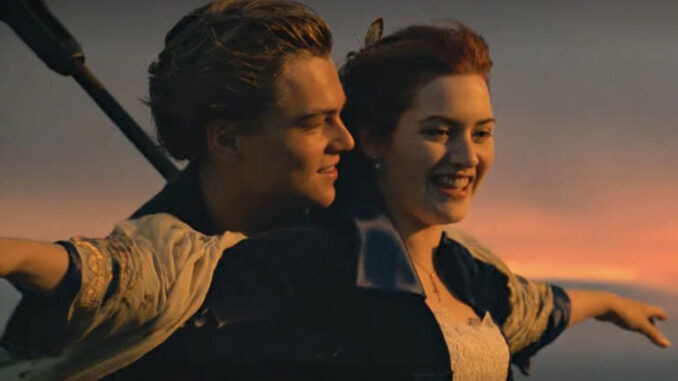
The Saltwater Scars: Kate Winslet's Untold Titanic Nightmare
The grand, sweeping romance of Titanic is etched into the collective consciousness, a cinematic masterpiece that sails eternally through popular culture. We remember the breathless "I'm flying!" moment, the passionate embrace at the bow, the heartbreaking farewell on a rapidly sinking deck. But beneath the glittering surface of its triumph, Titanic harbored its own hidden depths, its own silent battles fought far from the camera’s adoring gaze. For Kate Winslet, the film’s luminous leading lady, one particular scene transcended the boundaries of acting, morphing into a bone-chilling, soul-testing nightmare that forever scarred her understanding of cinematic magic.
The making of Titanic was an endeavor of unprecedented scale, a colossal undertaking where ambition clashed frequently with the unforgiving realities of recreating a historical disaster. James Cameron, the visionary director, demanded authenticity, a fidelity that often pushed his cast and crew to their absolute limits. Winslet, then a rising star in her early twenties, found herself immersed—quite literally—in this world, grappling not just with the emotional complexities of her character, Rose DeWitt Bukater, but with the brutal, physical demands of a shoot that stretched on for months.
While no single scene stands out as the definitive nightmare from Winslet’s public accounts more than others (many water scenes were gruelling), the essence of her struggle lay in the relentless, icy immersion required. Imagine a scene: the luxurious interiors of the ship, once vibrant, now succumbing to the relentless assault of the North Atlantic. Water, frigid and unforgiving, floods the grand staircase, rises through the opulent suites. Winslet’s character, Rose, is not merely reacting to a green screen; she is submerged, repeatedly, for hours on end, in tanks filled with water barely above freezing. This wasn't just a quick dip for a single take; it was an endurance test, a baptism by ice and exhaustion.
The nightmare began with the cold. It was an insidious enemy, seeping into her bones, numbing her fingers and toes until they ached with a deep, pervasive chill. She would emerge from the water blue-lipped, shivering uncontrollably, her skin puckered and prune-like. The heavy, waterlogged clothes clung to her like a shroud, making movement a monumental effort. Every muscle screamed in protest, every nerve ending recoiled from the relentless assault. Hypothermia was a constant, chilling whisper, and the ever-present threat of illness loomed over the set. Winslet famously contracted pneumonia during filming, a testament to the brutal conditions.
But beyond the physical torment, there was a profound psychological toll. Each take required her to dredge up fear, desperation, and terror, only to be plunged back into the same frigid reality. The line between acting and genuine suffering blurred. She was expected to perform, to embody the vulnerability and strength of Rose, even as her own body screamed for warmth and respite. The pressure to deliver, to not be the one to hold up the multi-million-dollar production, was immense. The feeling of being trapped, both by the scene's requirements and by the sheer momentum of the film, must have been overwhelming. It wasn't just acting; it was survival.
When the scene finally wrapped – after countless takes, countless hours battling the elements – the relief must have been profound, a hollow victory against the sheer force of nature and cinematic ambition. Yet, the memory lingered, a saltwater scar etched into her professional psyche. It was the untold story of the glamour, the hidden cost behind the dazzling spectacle. It was a stark reminder that the magic we see on screen is often forged in the crucible of immense personal sacrifice, resilience, and even suffering.
Years later, Kate Winslet speaks of Titanic with a mixture of reverence and weary recollection. She acknowledges its monumental impact on her career, but also speaks candidly about the arduousness, the relentless cold, the feeling of being pushed to the brink. Her untold story of that nightmare scene is a powerful illustration of the human element beneath the Hollywood gloss. It reminds us that the breathtaking illusion of cinema is often built upon the very real struggles, the aching bodies, and the unyielding spirits of those who bring it to life, transforming their personal nightmares into our collective dreams.
